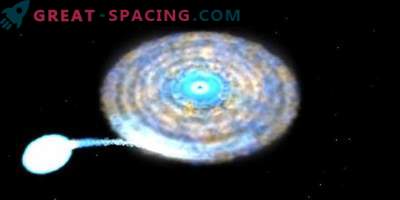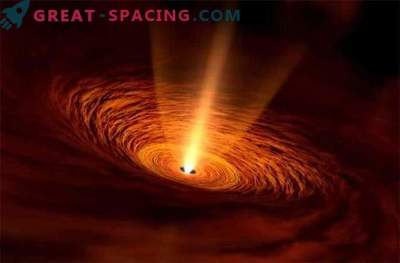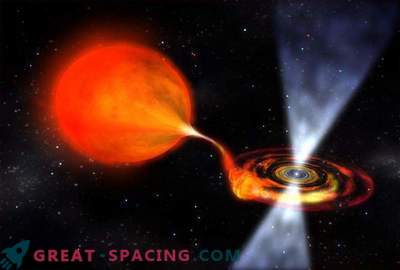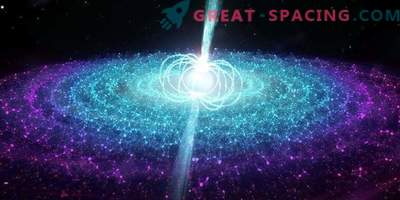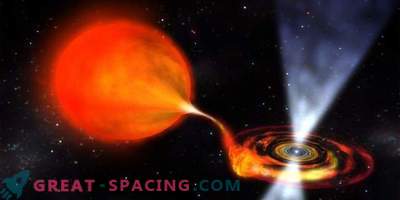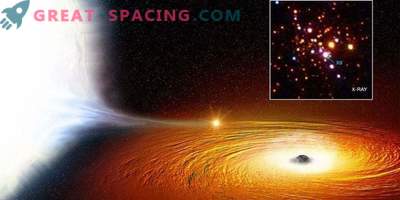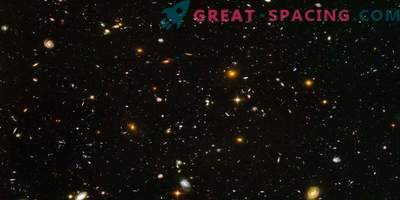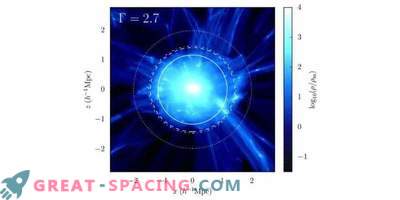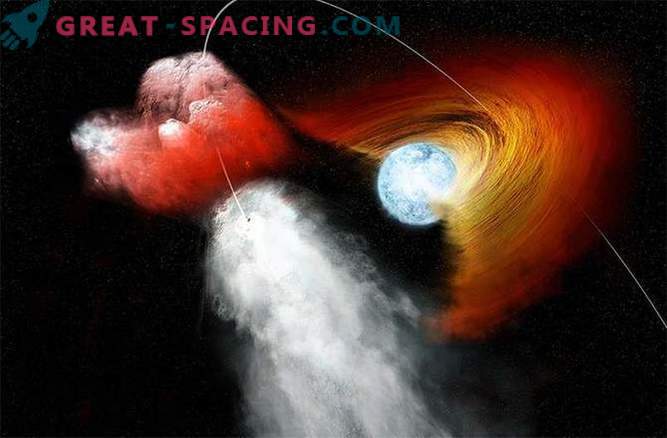
At the observatory of NASA, the Chandra X-ray Observatory noticed an event when a double-star system, at a distance of 7500 light years, was hit by a pulsar.
Three observations were made of a massive star and an orbital pulsar (in the star system PSR B1259-63 / LS 2883, or simply B1259), when Chandra noticed a huge lump of star material from an explosion in a circumstellar disk of hot gas and dust of a massive star. And astronomers believe they know what happened; The pulsar, which is a rapidly rotating superdense neutron star, passed through the disk, piercing a hole in it.
Observations were carried out from December 2011 to February 2014 and, tracking the speed of the lump of stellar matter, the material seems to be accelerating. Astronomers believe that when a pulsar crashed into a disk, it was pushed out of there, by the powerful stellar wind generated by the pulsar's strong magnetic field, which could give it even greater speed. When this cluster was first discovered in 2011, its speed was about 7 percent the speed of light. After interacting with the pulsar, the material accelerated to 15 percent of the speed of light.
In the visible spectrum, this phenomenon of a circumstellar accident cannot be viewed, but Chandra sees the Universe in X-ray radiation, the reserves of which are used for the most important cosmic events. In X-rays, the cluster glows brightly, showing astronomers that a strong shock wave piercing the system has overheated stellar material.
Astronomers plan to conduct observations of B1259 in 2016 to study the further development of the double star.
